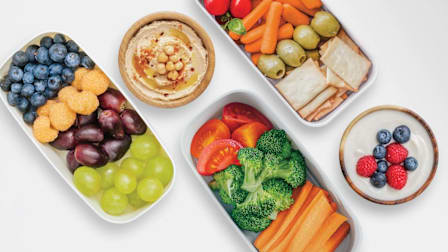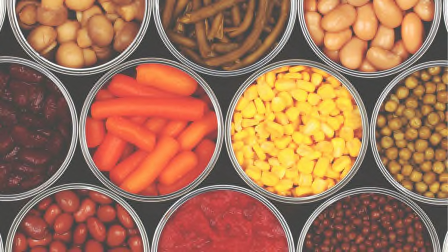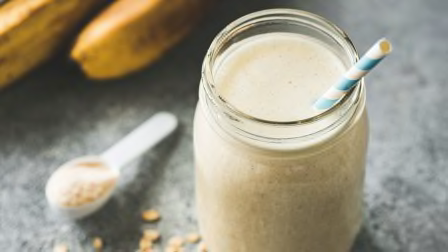Is Salt Good for You?
You don't want to go overboard, but using salt the right way can bring out the flavors in healthy foods. Find out how to match the different types of salt to the foods you're preparing, plus cooking and seasoning tips.

Salt used to be the most ordinary kitchen staple, but it has gone gourmet. With the tempting array in grocery and specialty stores, it can be hard to know what to reach for. Then there’s the question of whether you should. Isn’t salt bad for you? Wouldn’t it be best to lower your sodium intake?
Types of Salt
Everyday salts, like table, kosher, and sea salt, are the workhorses of your kitchen, and it’s perfectly fine if you just want to stick with those. But it can be fun to experiment with specialty options, like Maldon or smoked salt. Just like spices, each type of salt can have its own intriguing taste. Minerals like magnesium and potassium contribute flavor and color to salt (although the amounts aren’t high enough to benefit your health). This guide will help you choose the right salt for your needs. Then see our tips below for the best ways to use salt in cooking and to flavor foods.
Everyday Choices
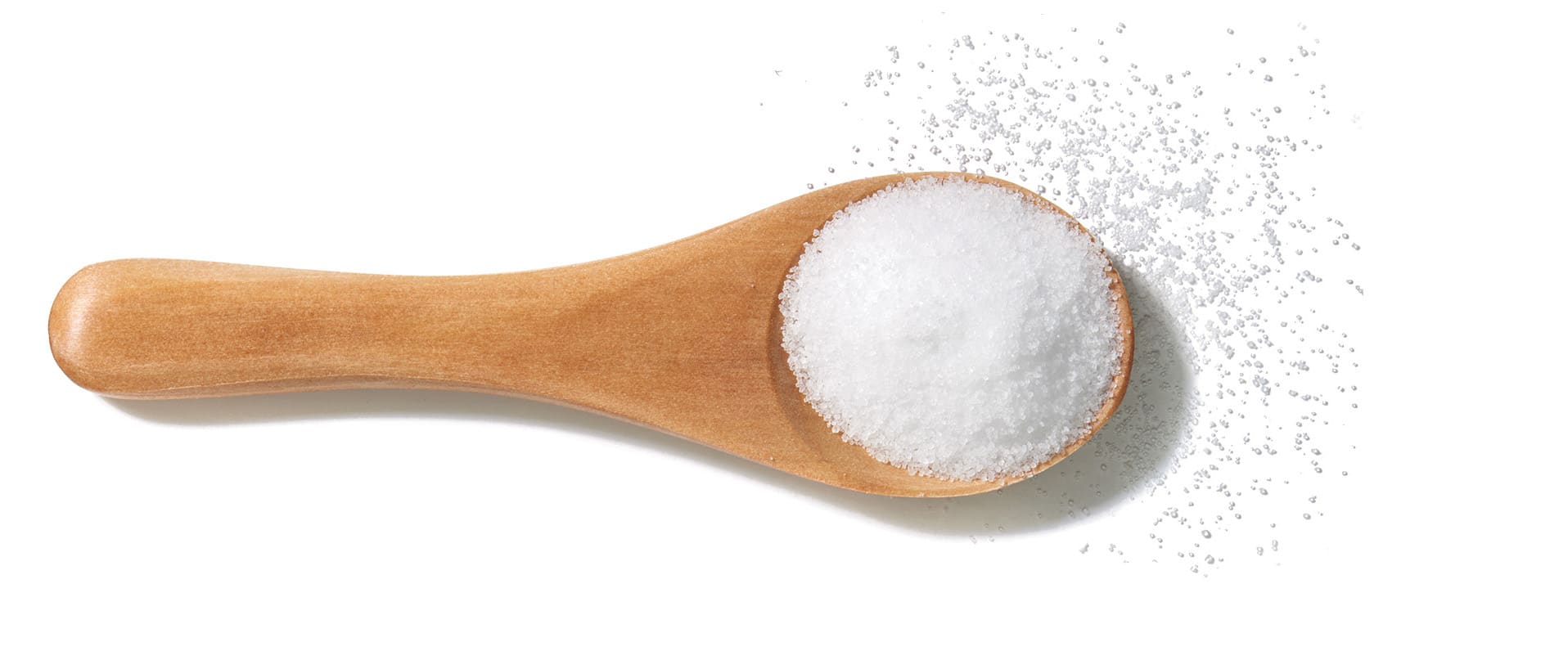
Table
3¢ to 12¢ per ounce
What it is
This salt-shaker standby is mined, then milled into fine granules. Some kinds have anti-clumping agents like silica.
How it tastes
Table salt usually contains added iodine to prevent thyroid deficiency. This mineral can give food a faint metallic flavor. You probably don’t notice because you’re used to it, says Stephen Chavez, a senior chef instructor at the Institute of Culinary Education in Pasadena, Calif. “But a quick taste test with kosher or sea salt will reveal the difference.”
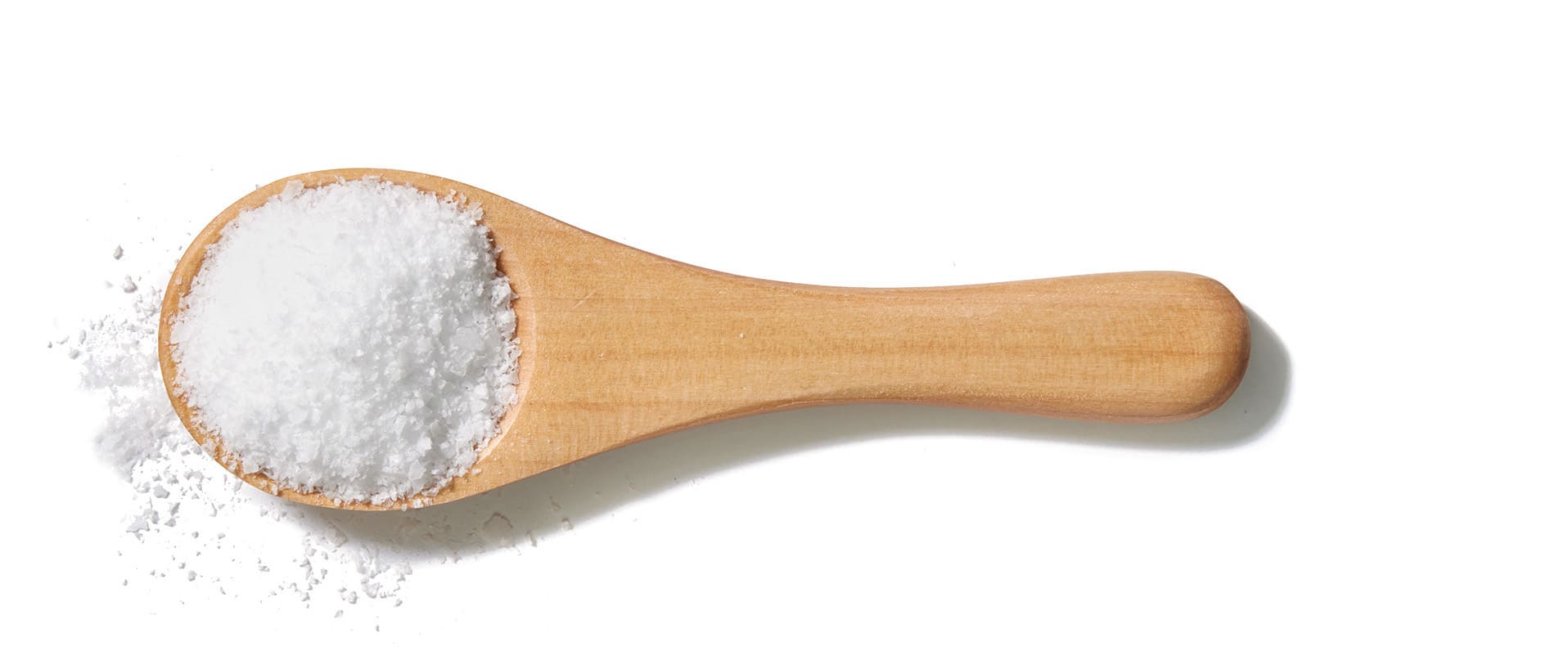
Kosher
10¢ to 25¢ per ounce
What it is
The large, coarse crystals of this mined salt coat meat and poultry well when tenderizing, and it’s easier to pinch into soups and sauces than finer salts. The name comes from its use in removing blood in meat and poultry during the koshering process.
How it tastes
Its clean, versatile flavor makes it popular in recipes. If you swap it in for table salt in recipes, you’ll need to use more because the bigger crystals mean less sodium per spoonful.
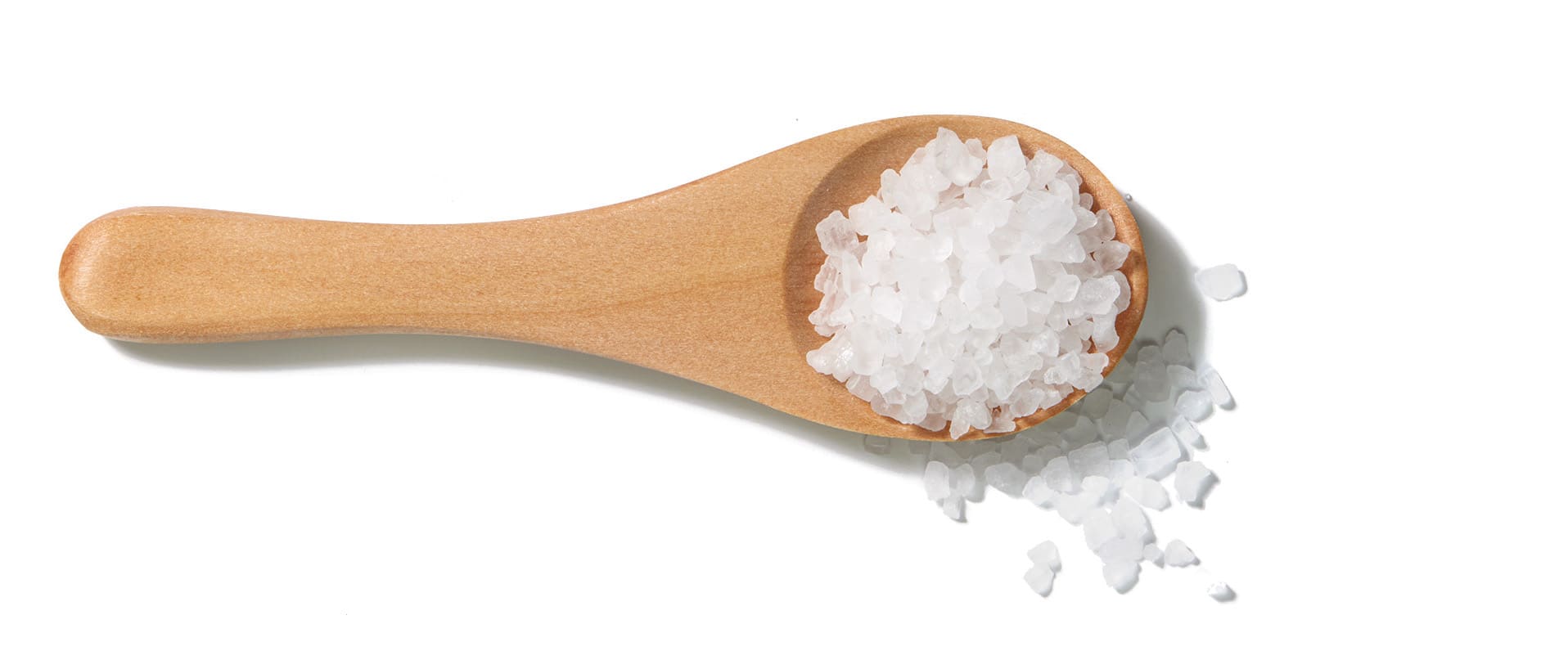
Sea Salt
12¢ to $1 per ounce
What it is
When salt makers let seawater evaporate in shallow pools, sea salt is what’s left behind. Some companies label theirs “organic” or “natural,” but no sea salt is a healthier alternative to table salt because all kinds have a similar chemical makeup.
How it tastes
Sea salt gets its mild briny flavor from trace minerals, such as magnesium. The coarse variety is used for pickled vegetables and brines, and the finer kind can substitute for table salt.
Specialty Options
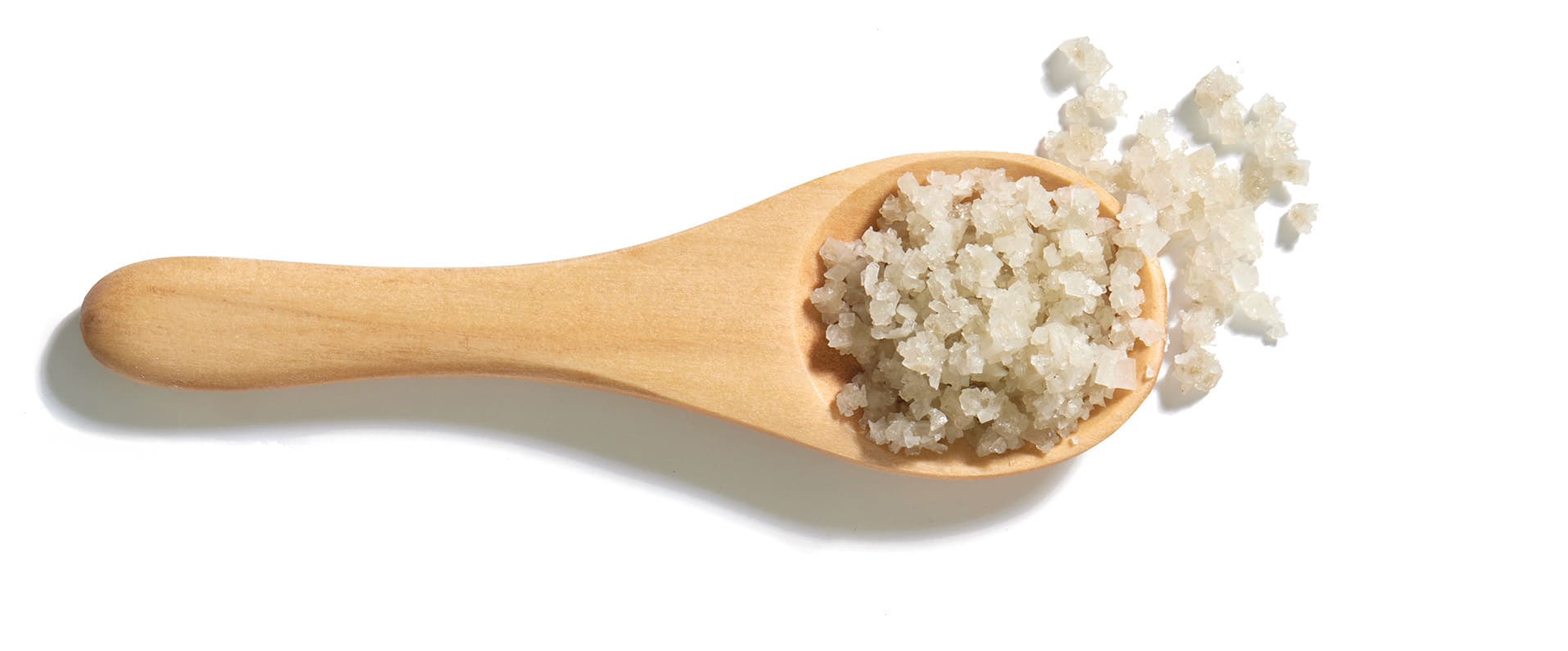
Celtic
90¢ to $3.24 per ounce
What it is
Clay-lined ponds in France fed by the Celtic Sea give this salt, also known as gray salt or sel gris, its color. Because the crystals tend to retain more moisture than other kinds of sea salt, they're slightly sticky.
How it tastes
Celtic salt is boldly briny. The granules cling well to moist foods, making them ideal toppings for braised meats, oilier fish such as salmon or trout, and mashed potatoes.
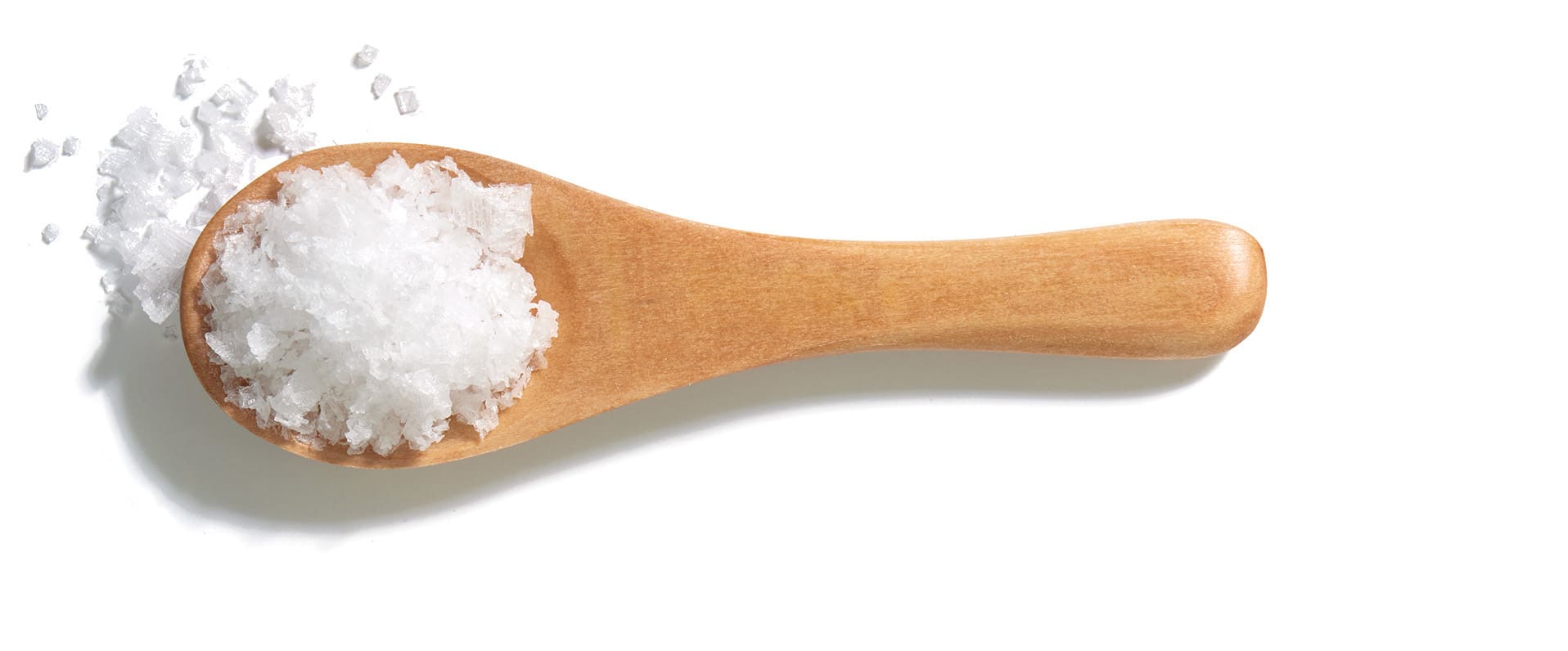
Maldon
94¢ to $2.20 per ounce
What it is
These large, glistening flakes are harvested in the British coastal town of Maldon. Fleur de sel, from France, is similar but more delicate, and can cost about triple the price.
How it tastes
Maldon has a fresh, mild flavor and bold crunchiness that complements grilled meats, roasted vegetables, and treats like brownies. Fleur de sel has a tinge of sweetness and melts on your tongue; it’s a luxe touch on soft foods such as cheeses and chocolate mousse.
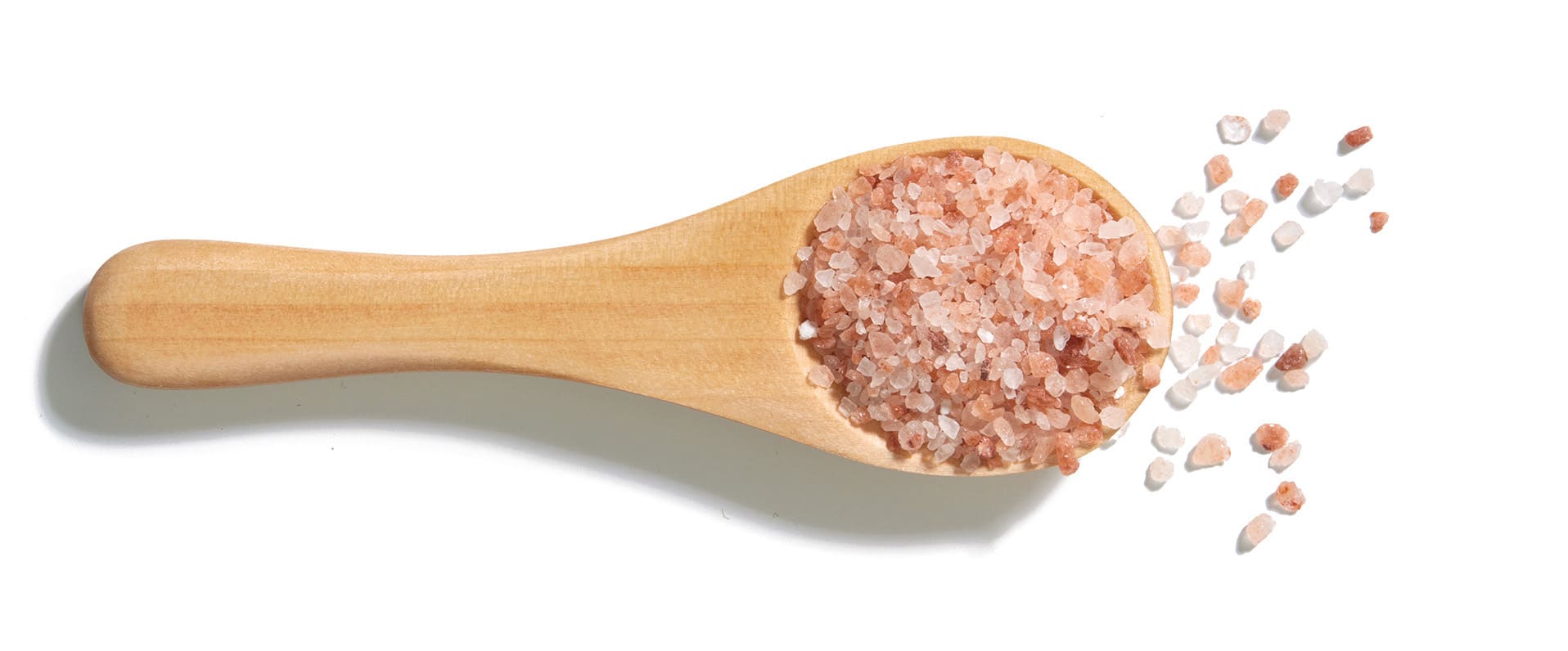
Pink Himalayan
50¢ to $1.72 per ounce
What it is
This trendy salt is extracted from mines in Pakistan near the Himalayan mountains. Iron oxide gives it a rosy-red tint.
How it tastes
Himalayan salt’s subtle earthy notes make it a natural fit for most foods, and the color looks pretty on white fish like cod and halibut, avocado toast, and cheesecake. People also cook and serve food on slabs of Himalayan salt to season them.

Black
$1.20 to $2.24 per ounce
What it is
True Black salt, called kala namak or black Himalayan salt, comes from India and Pakistan. Heating the crystals gives them a rich aroma. Lava salt blends sea salt and activated charcoal, which can originate from a volcanic source. If you buy it coarse, you’ll need to grind it.
How it tastes
Kala namak has eggy, umami flavor that bolsters legumes, root vegetables, and roasted nuts. Lava salt’s slightly smoky profile pairs well with meats, poultry, and seafood.
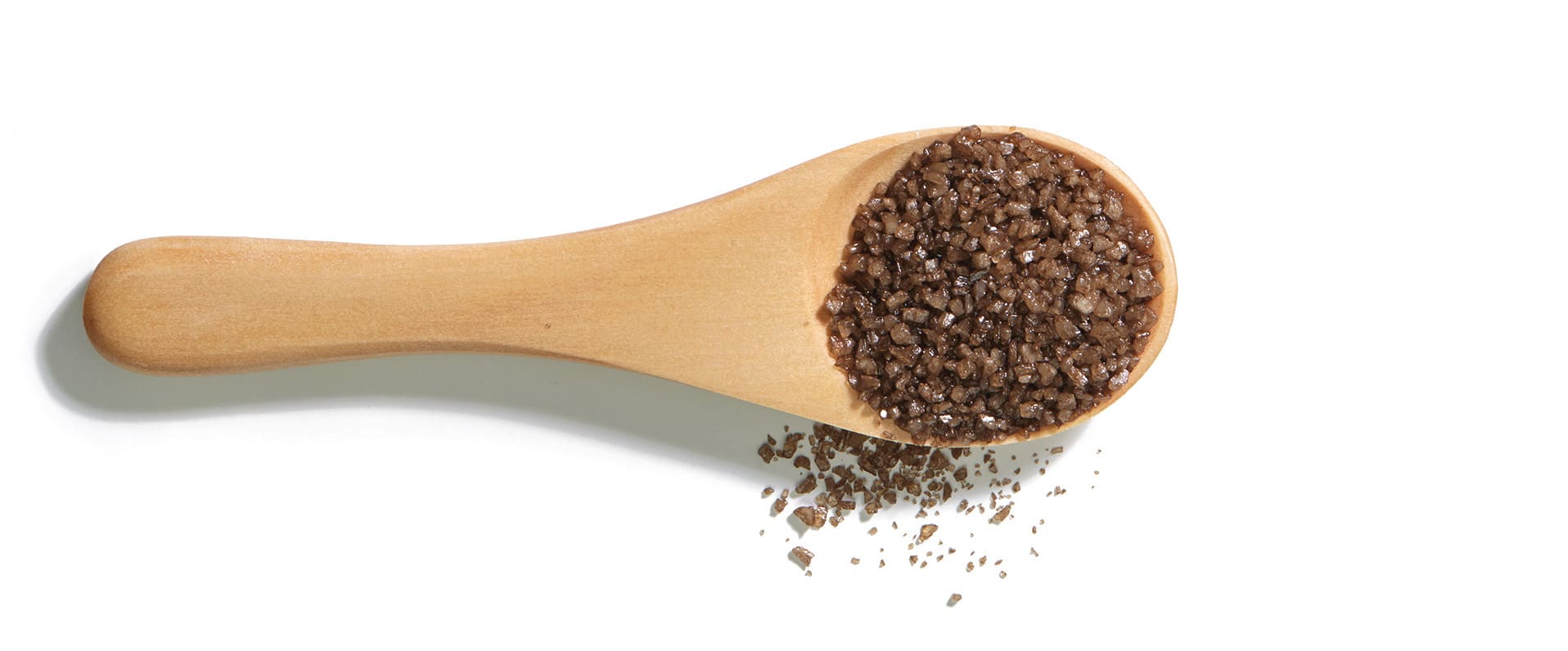
Smoked
$2.50 to $8 per ounce
What it is
This variety is made by roasting sea or kosher salt over wood. You can whip up your own by mixing a few drops of liquid smoke with ½ cup salt, Chavez says.
How it tastes
Mesquite and oak add straight-from-the-campfire flavor to meats, pork, poultry, and seafood, while fruity maple and apple offer a hint of sweetness. If the type of wood isn’t called out on the front of a bottle’s label, check the ingredients list.
Spoon Photos: Ben Goldstein
Seasoning Secrets
Even a small amount of salt has flavor superpowers. It can balance bitter and sour notes in food and enhance savory and sweet ones, says Naomi Duguid, author of “The Miracle of Salt” (Artisan, 2022). Think of how a dash in a caprese salad offsets the tomatoes’ acidity and plays up their natural sugars. Salt can add palate-pleasing contrast to sweet foods, which is why treats like chocolate pretzel cookies and caramel-miso ice cream are popular. Salt also alters texture: It tenderizes ingredients and helps create that satisfying crust on seared meats and roasted veggies. When it’s a final flourish, the crunch from larger crystals gives a dash of sensory appeal. Knowing the best ways to add salt will help you use it more efficiently and deliciously
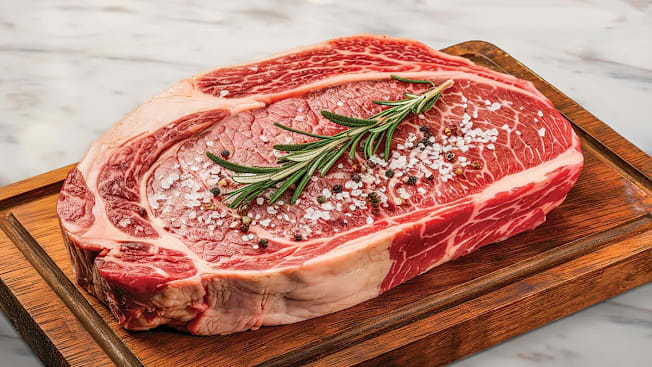
Photo: Getty Images Photo: Getty Images
When You’re Cooking
Meat: For better browning, pat steak dry and sprinkle on coarse salt just before you plop it into the pan. Some cooks salt tougher cuts such as brisket ahead of time to tenderize them; others don’t think it’s necessary. If you decide to, use about 1 teaspoon kosher salt per pound of meat and let it rest for 30 minutes per ½ inch of thickness, Duguid says. To season ground meat (beef, pork, or poultry), mix in about ½ tablespoon of kosher salt per pound.
Soups, sauces, and braises: Working in your preferred salt throughout the process of cooking liquids creates a more complete flavor, says Stephen Chavez at the Institute of Culinary Education. It can also reduce the sharpness of strongly flavored ingredients like onion and kale.
Vegetables: In addition to softening potent flavors, salt breaks down plant fibers to shorten cooking. To keep watery veggies like eggplant and zucchini from getting mushy, sprinkle with kosher or fine salt about 10 minutes before cooking, then pat dry.
Pasta: Nonna was right: Salting the water gives pasta flavor. Go with a tablespoon of table or fine sea salt—they dissolve fastest—for every 4 quarts of water and 1 pound of pasta. It won’t absorb much: Some research shows that when pasta is cooked in about that same amount of salted water, it has no more than 130 mg of sodium per cup.
Grains: To bring out the nutty flavors in brown rice and farro, toast them in a pan, then add water seasoned with around a teaspoon fine or 1½ teaspoons kosher salt per cup of uncooked grain.
Eggs: Adding a pinch of kosher or sea salt before whisking for a scramble or an omelet helps loosen protein bonds. “This creates fluffier eggs,” Chavez says. Let the whisked egg sit for a few minutes to allow the salt to dissolve.
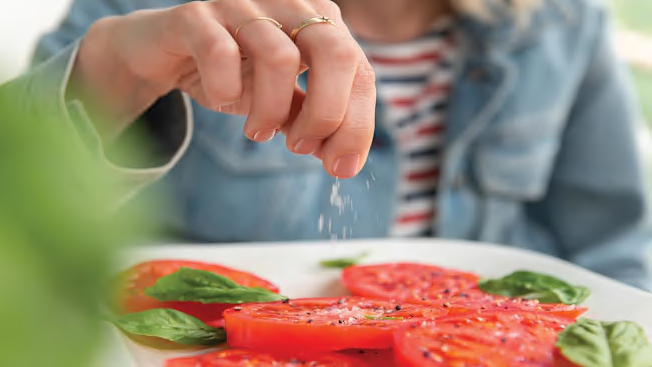
Photo: Getty Images Photo: Getty Images
When You’re Sprinkling
Seasoning food right before you eat it gives the most potent hit of salinity, and it doesn’t take much. When salt is on the surface of a food, your tongue immediately registers the taste of the crystals, says Christopher Loss, PhD, the Louis Pasteur Lecturer in food science at Cornell University. That’s the reason potato chips taste salty but may have less sodium than you might think. Follow these strategies for perfect results.
Taste, then salt. You might find that a food doesn’t need any. And it could help you assess whether adding something acidic, like lemon juice or vinegar, or spices would satisfy your flavor craving.
Tap into texture. The bigger crystals in flake salt and coarse sea salt give a pronounced pop of flavor (along with a pleasing crunch) on baked potatoes or sliced cucumbers. Given that finely ground salts cover more surface area, they’re best for foods where you want saltiness in every bite, such as popcorn and french fries.
Skip the shaker. It’s hard to judge how much you’re shaking out. For better control, pour a bit into your palm. Or grab a pinch from a dish with your thumb and two forefingers.
Aim high. “Sprinkle on salt from a few inches above the food,” Chavez says. “This spreads it out for even distribution.” Start with a small amount, taste, and add more if needed.
Editor’s Note: This article also appeared in the July/August 2025 issue of Consumer Reports magazine.

















